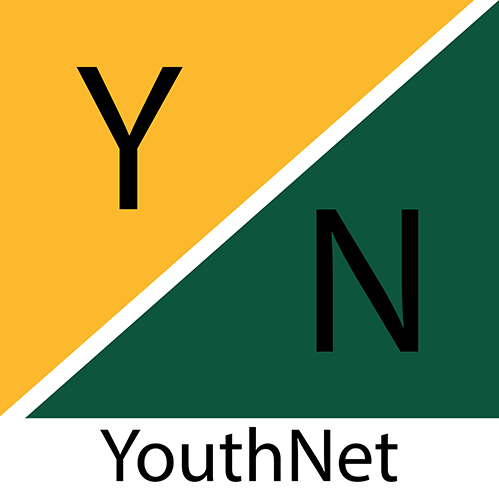Introduction
Career guidance is a comprehensive, developmental program designed to assist individuals in making and implementing informed educational and occupational choices. It develops an individual’s competencies in self-knowledge, educational and occupational exploration, and career planning.
The Department of Youth Resources and Sports in partnership with YouthNet supported by the Department of School Education Government of Nagaland initiated a program called “LaunchPad” which is career guidance and employability skill development program explicitly designed for students pursuing their 12 th standard in all Government Higher Secondary Schools across Nagaland.
The program consist of distinct modules which are specially created to help students utilize their time effectively during the lockdown situation and beyond in developing their soft skills, motivate them to pursue higher education, encourage them to explore avenues beyond traditional jobs and plan their career based on their abilities and interests. The program has three main objectives;
- Guide students to discover their ideal career path.
- Enable students to look beyond traditional jobs.
- Assist the student’s transition from school to work.
An online survey was conducted to assess the opinions, thoughts and aspirations of the students from 44 Government Higher Secondary Schools across 16 districts in Nagaland. A total number of 3622 students were registered for the LaunchPad program out of which 2475 students responded the survey up till date. The questions asked in the survey are varied and it covers a diverse range of topics. The survey is comprehensive in its scope as it covers different aspects of education system basing on the interest and perception of each student. The primary objective of this survey is to uncover answers, evoke discussion, base decisions on objective information and compare results. This valuable feedback is our baseline to measure and establish a benchmark from which to compare results over time.
Analytics/Data Analysis and Interpretation.
The data analysis for the survey is based on the reviews made on the survey’s questions and answers of the respondents. Data was processed, analyzed and interpreted through pie charts.
This section contains empirical data collected from the survey conducted and is analyzed and interpreted below. The facts and figures obtained through different ways are arranged significantly to stump the desired result. Every number and explanation obtained is the outcome of the data collected from the survey by the surveyors with the targeted respondents.
1. Stream.


2. Gender of the Respondents/Students.
Gender is the range of characteristics pertaining to, and differentiating between, masculinity and femininity.
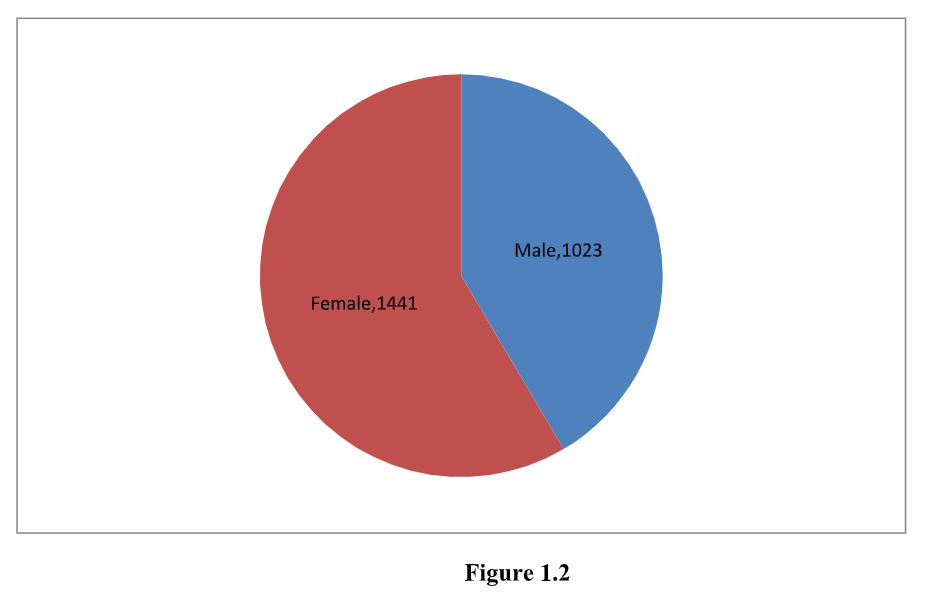

3. Which of the following are you planning on doing after you have received your High School/Higher Secondary Certificate?


students under the category of pursuing apprenticeship or internship, 45 students under the category of pursuing or performing other jobs, while 38 students are in favor of taking a gap year before entering college or university and 5 students are categorized under pursuing vocational training.
4. Who/What has had the most influence on your decision to go to college/university, into a job or training?
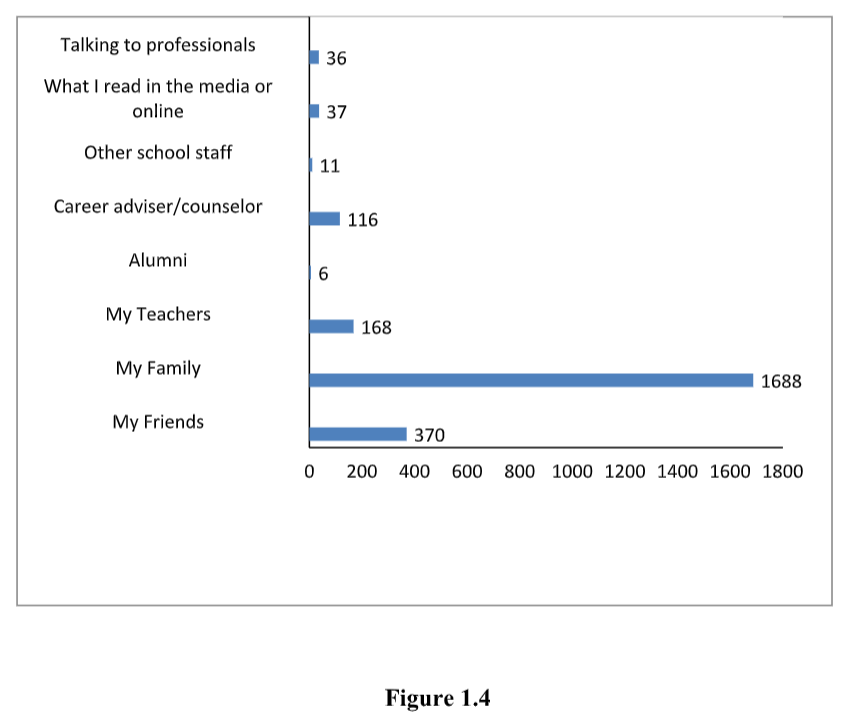

5. Have you taken any test or online assessment to understand yourself better or to suggest well-matched careers?
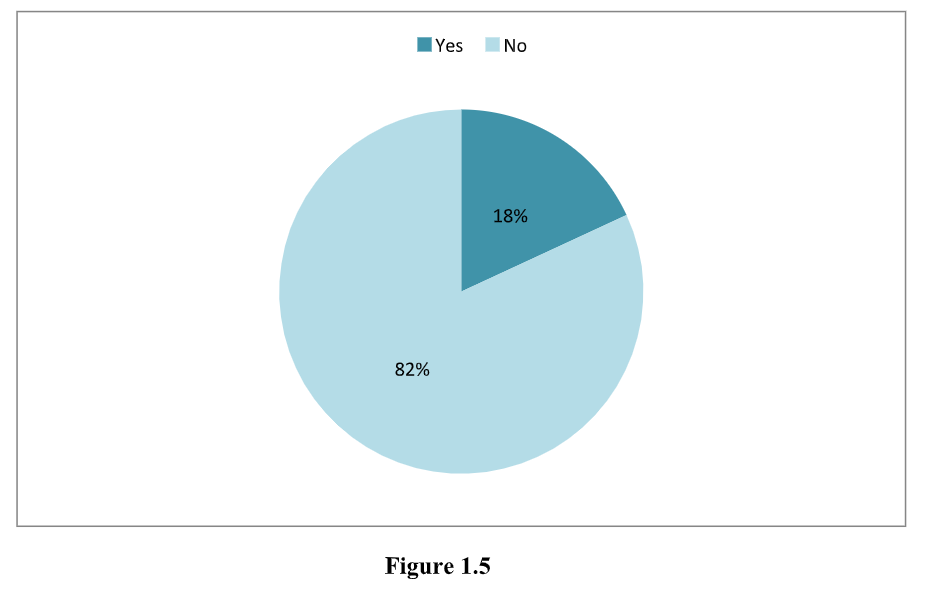

6. Which subjects are you most likely to study at college?


7. What is your main reason for wanting to study these subjects at college/university?


college because those selected subjects are the subjects they are best at, also 84 students pursuing college with advises from their parents, while 83 students opted for the other category and 36 students are in the view of going to college because of the advises they received from their teachers at school.
8. How much advice and information about higher education, apprenticeship, internship and career guidance have you received at school?


9. Which of the following medium or site do/did you use to research about courses/careers/employment?
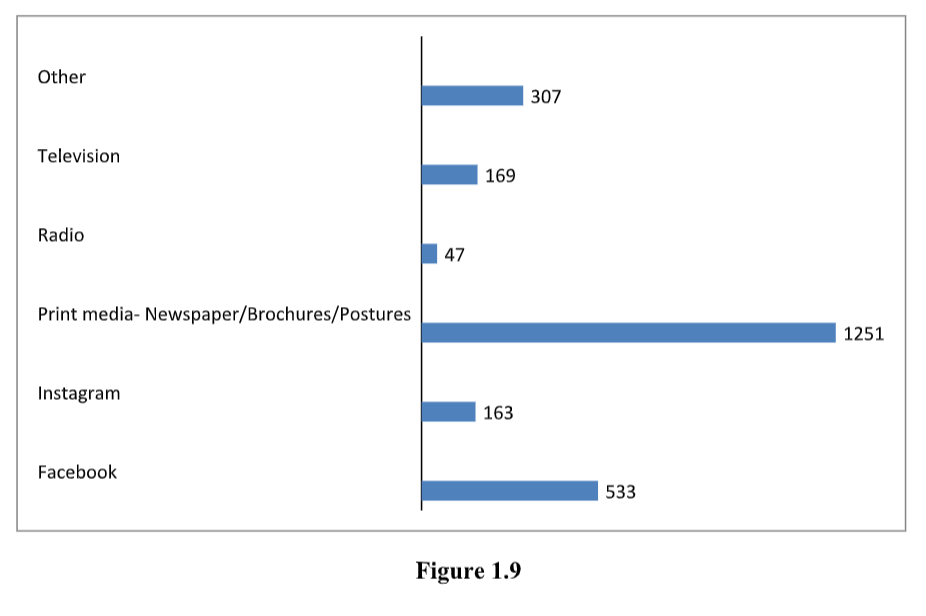

10. Why do you want to pursue higher education outside Nagaland?


11. Which two of these skills do you think are most important for success in a job?


12. Where do you think you mainly learn the skills that you are best at?
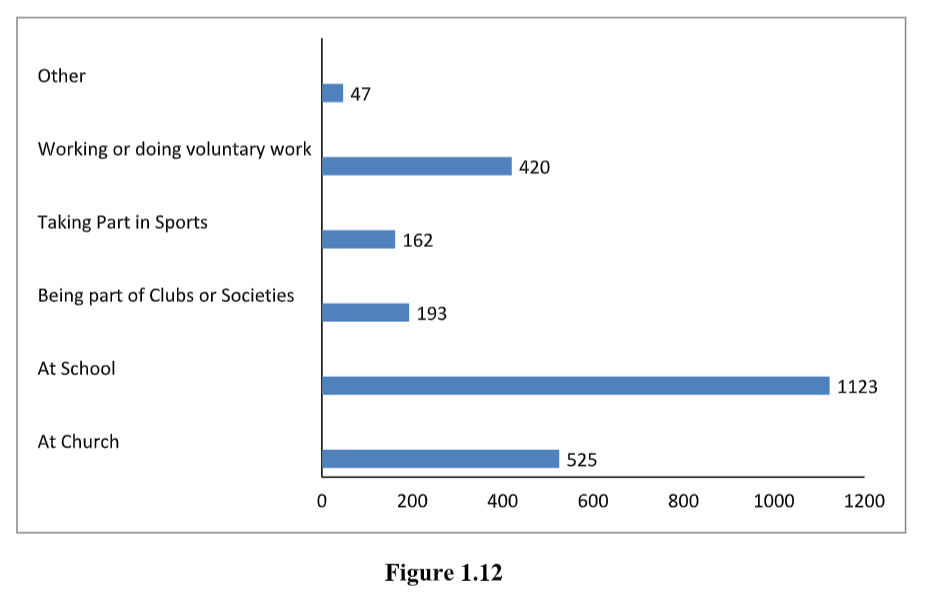

13. Which of the following would you most like to work for?
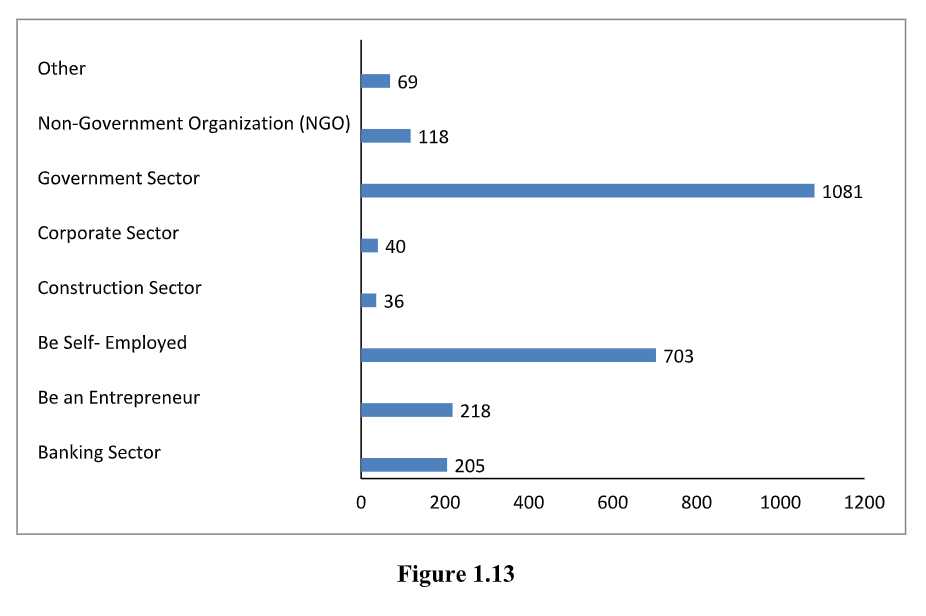

Major Findings.
This section contains the major findings from the analyzed data of the previous findings.
- It is identified that majority of the students wishes to pursue higher education after their higher secondary instead of going for other options.
- It is found that majority of the students are not very well equipped or accessible towards digital literacy from the collected data.
- It is found that students are not very well- versed with vocational training courses thus majority of the students had no option rather pursue higher education. Therefore, the lack of information is a serious concern being identified by the surveyors.
- It has been indentified that there is a serious concern and need for digitalization, better infrastructure, better facilities to be reintegrated and developed in Nagaland as students are of the opinion that better facilities and employable opportunities lies ahead outside the state therefore, resulting in immigration of students in other states or outside elsewhere.
- It is found that more students are on the view towards working in Government sector rather than in any workforce sector.
Solutions.
- Eradicate the mentality of self-dependency from student’s mindset.
- Do away with corruption socially, politically, economically.
- Develop policy of Non-judgmental attitude.
- Educate parents (seminar, conferences, etc.)
- Proper guidance and career counseling.
- Assess and conduct more surveys regarding the education system and identify interventions basing on the findings.
